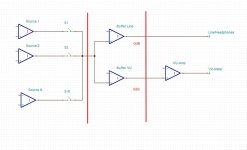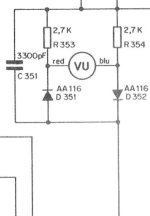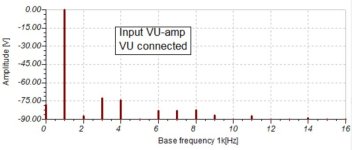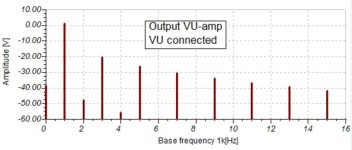The bootstrapped version probably comes with Prio 3-4, at the end.
I'll keep in mind to reserve a few nodes and sufficient real estate if at all possible.
No intention to try the high input Z before clarifying how to deal with aerial 50Hz and the neon lamps, WiFi, Bluetooth, 3G/5G etc.
I'll keep in mind to reserve a few nodes and sufficient real estate if at all possible.
No intention to try the high input Z before clarifying how to deal with aerial 50Hz and the neon lamps, WiFi, Bluetooth, 3G/5G etc.







